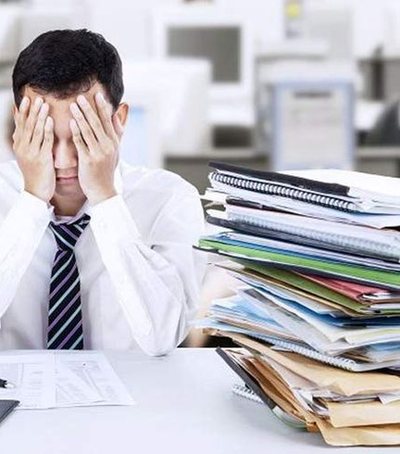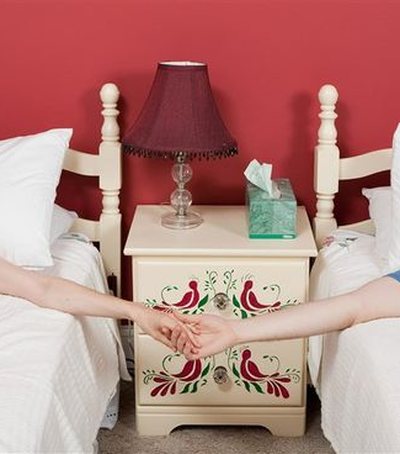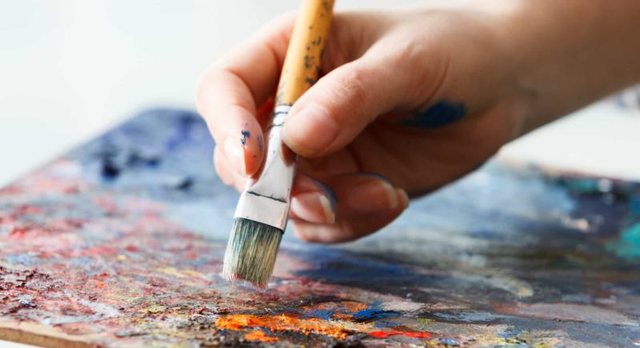
Some of the world's most popular and reputable women wound up! As a result of depression from fame or art, the field in which they have been pouring through the years. From Virginia Woolf, Marylin Monroe, Maria Callas, Sylvia Plath, the list is much longer than that, but there is always a shadow of doubt surrounding the lives of celebrities. They have the world in their hands, they have money, power, fame, everything they want around them. But exactly why depressed? What links depression with art? Does depressive episodes in some way help the creative process or is there something to be an artist in any creative field that predisposes a reason to develop depression? Psychologists and psychiatrists have been studying and discussing this issue for decades, and most have come to the conclusion that depression has a role in creative production.
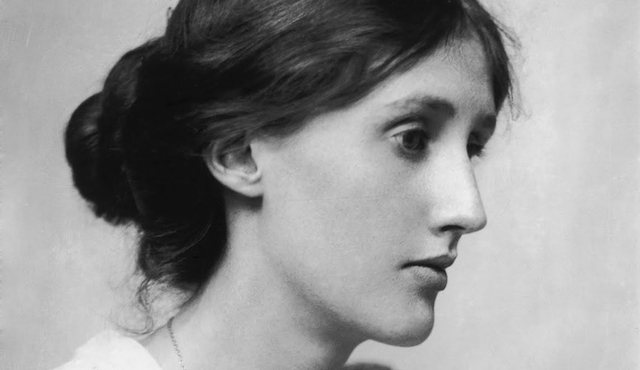
How do artists with depression work?
Because creative people tend to be very conscious and reflective, they are inclined to spend much more time thinking of failures, fears, uncertainties, and disappointments than most other people. As an idealist with an expansive imagination, they can easily imagine a different life, with much higher levels of achievement and satisfaction.
Also, if artists have a strong social awareness, as many creative people do, they can spend a lot of time imagining possible solutions to social, political and economic problems in the world. Unfortunately, their dreamlike solutions may not always be practical or feasible. In short, creative people may become chronically frustrated because their idealism and reflective nature make it impossible for them to acknowledge their failures or those of society. Others without such creative tendencies can be sad at this moment. But they will be far less inclined to tie up knots by imagining and re-imagining alternative stories that may have happened but have not happened or should happen but will never happen. Looks like a wordplay?
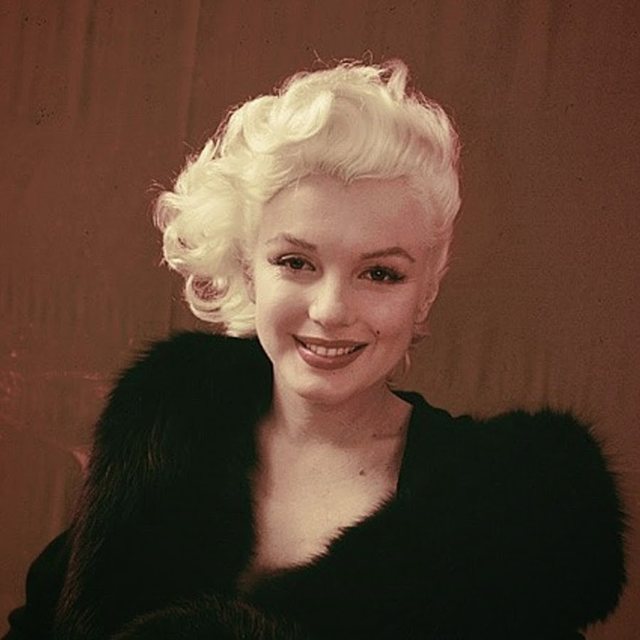
Depression may be a weakened condition but is often a warning sign and a call for help. In other words, he calls for action, and those with great artistic abilities naturally come back to their art to express what they feel. Their depression may not be the cause of their art, but it can be a motivation for them or a coping mechanism for them. This helps us explain why so many creatures in charge of depression have managed to carry such impressive production of creative works.
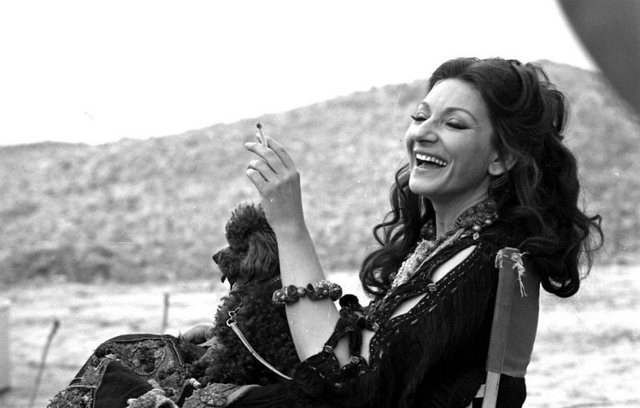
Art as depression therapy
When used to treat depression, art therapy functions as an outlet for expressing feelings that are not easy to put into practice or that are so printed or hidden that they can only be detected through free channels and open creative process. Artistic practice of all kinds takes the artist deeper into his subconscious, where it is more likely that responses to the mysteries of mental illness can be found.
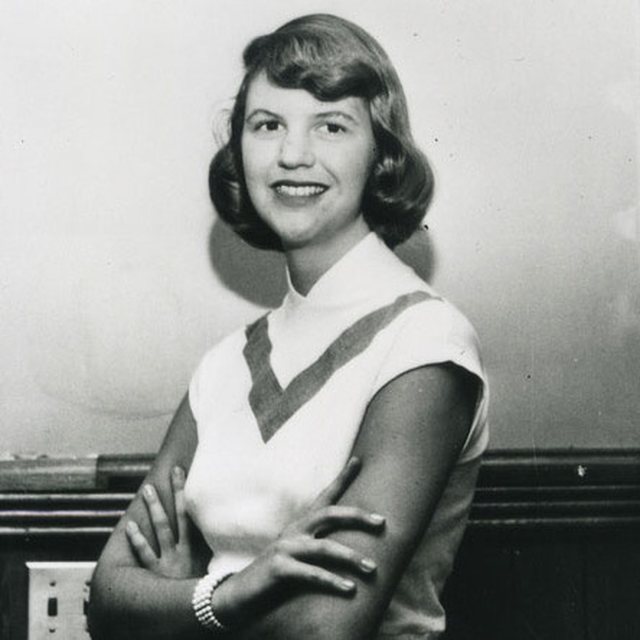
Here we can see how the connection between art and depression is created or strengthened. We can also see why art is an effective and useful practice for anyone who wants to express and help overcome their sufferings by developing greater awareness and understanding. While art can be a good tool for deeper expression or sense of depression, it is important to remember that depression requires proper professional treatment. Only art can not always solve it.

